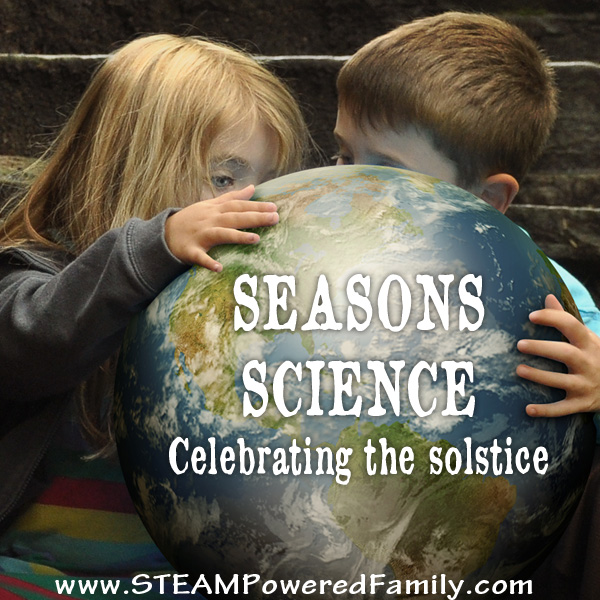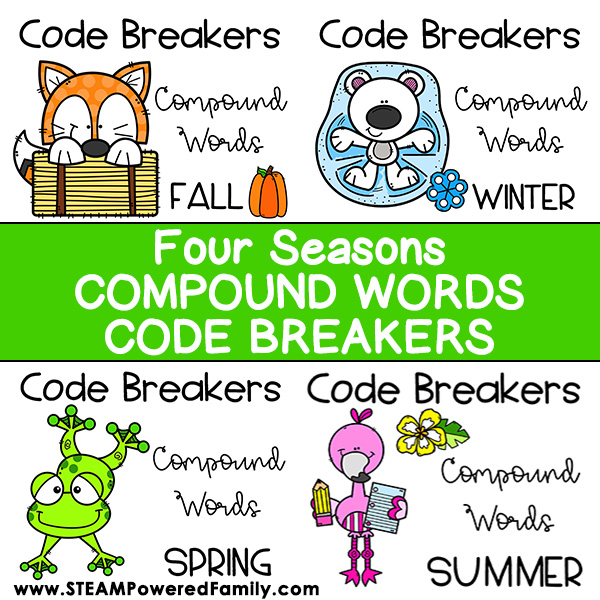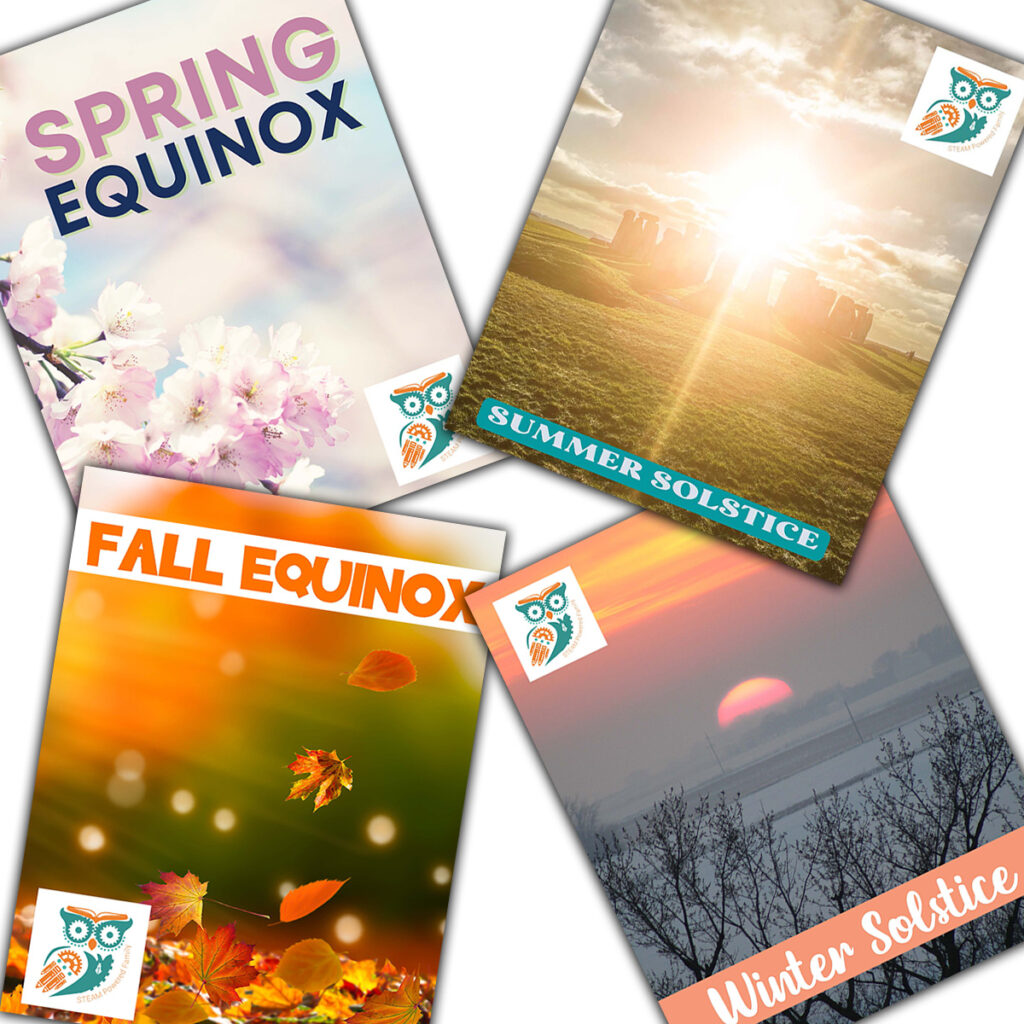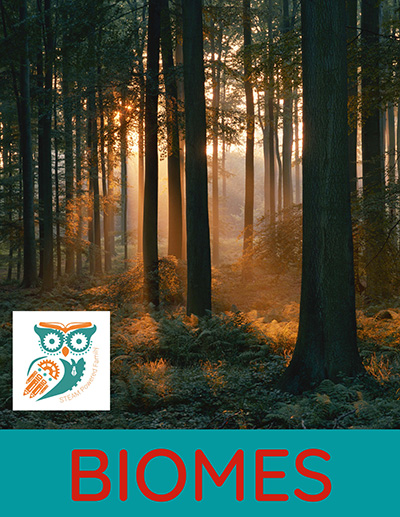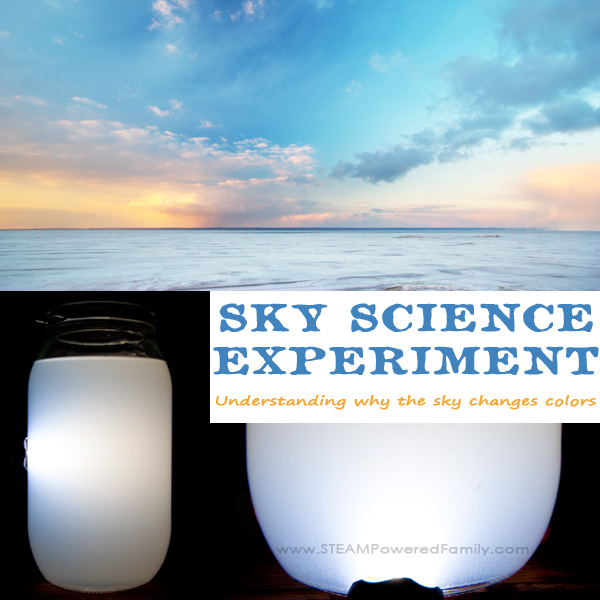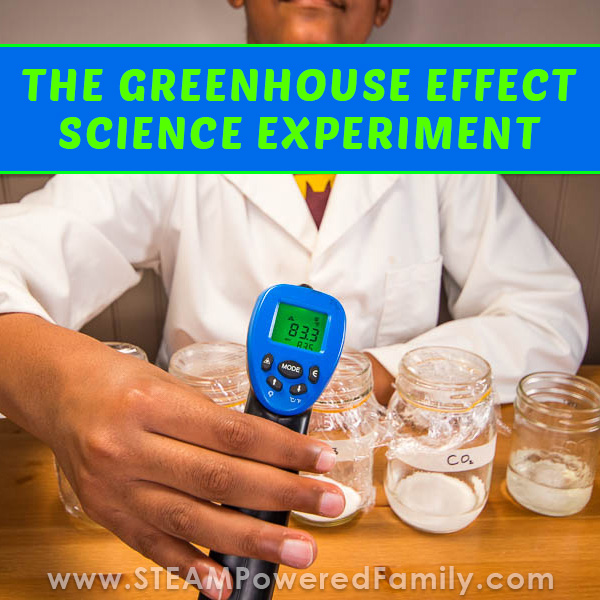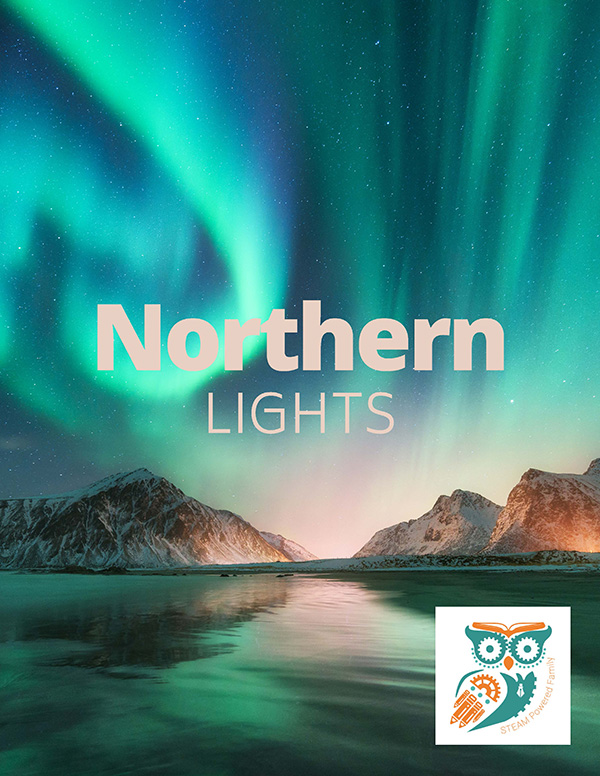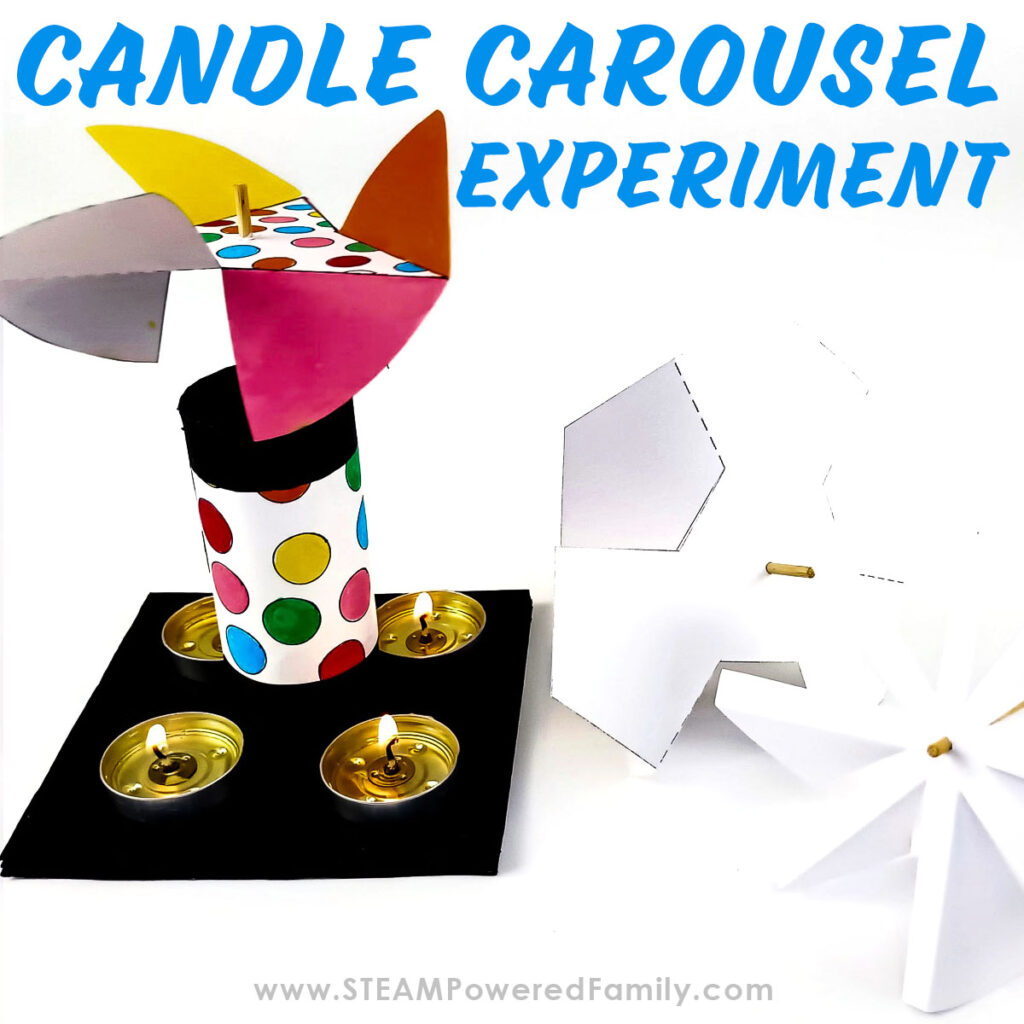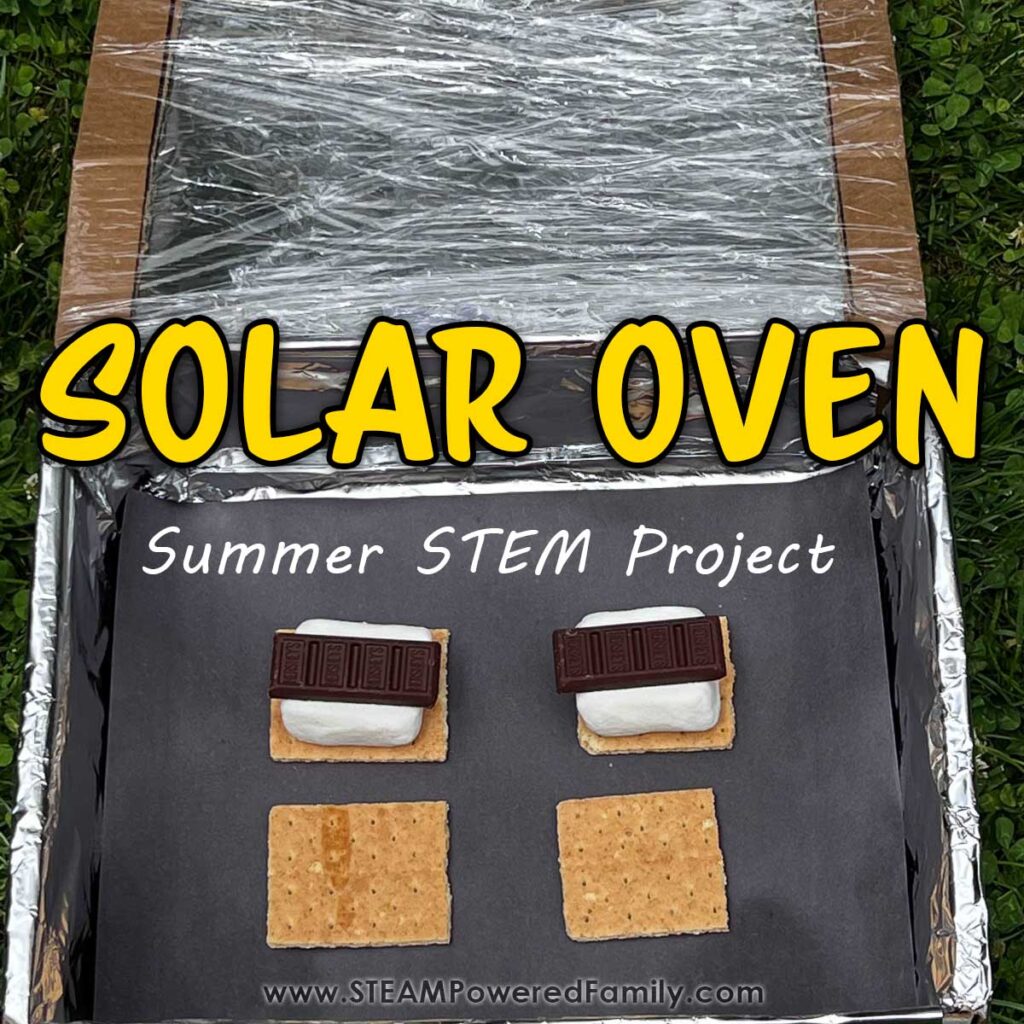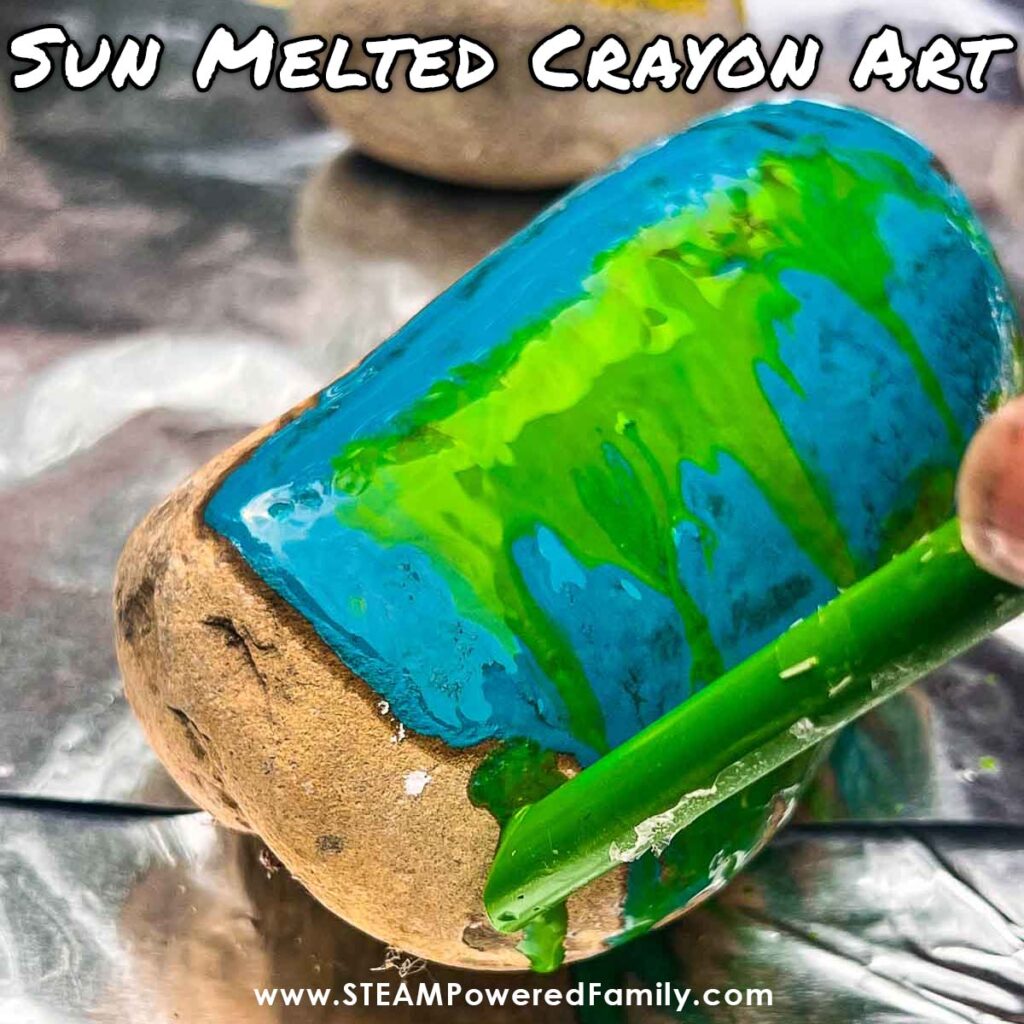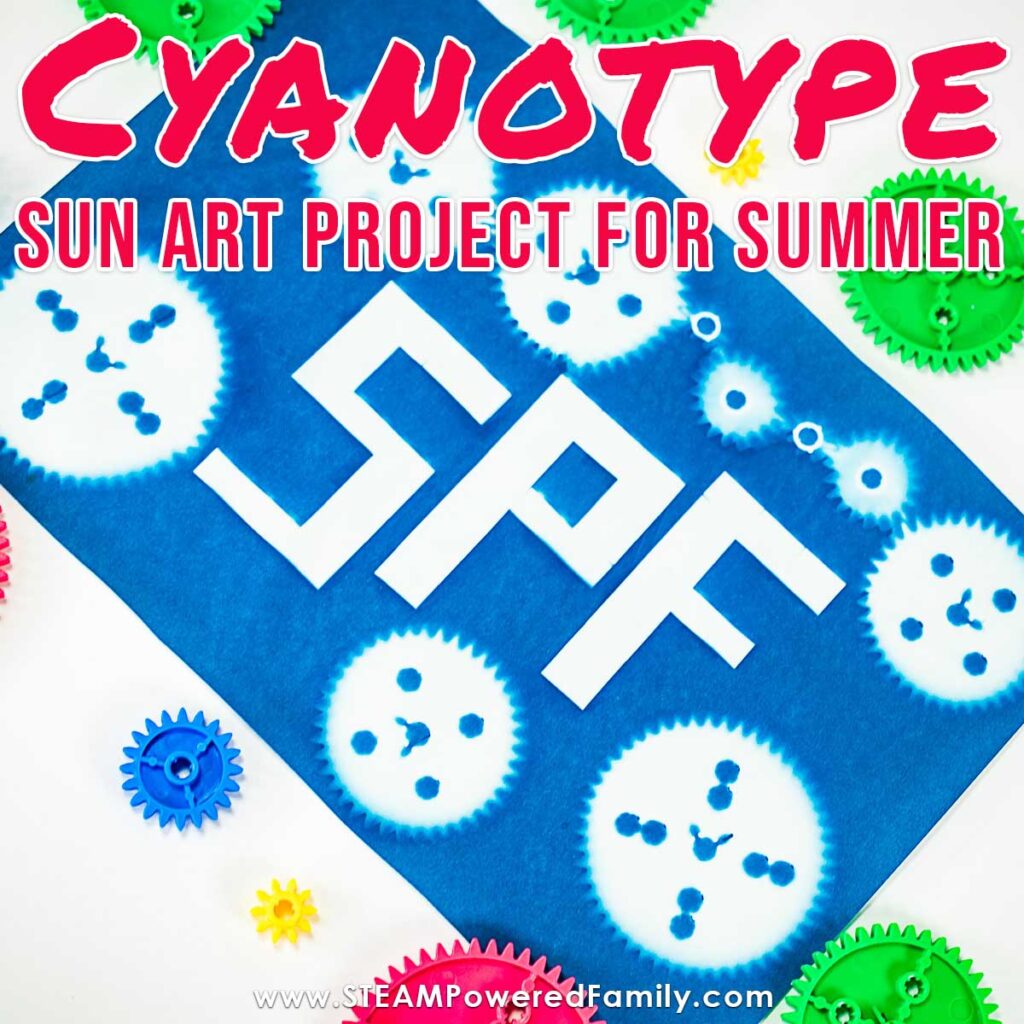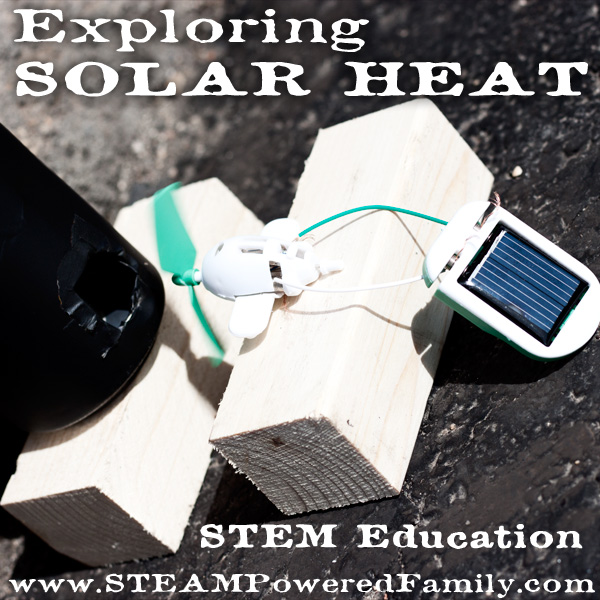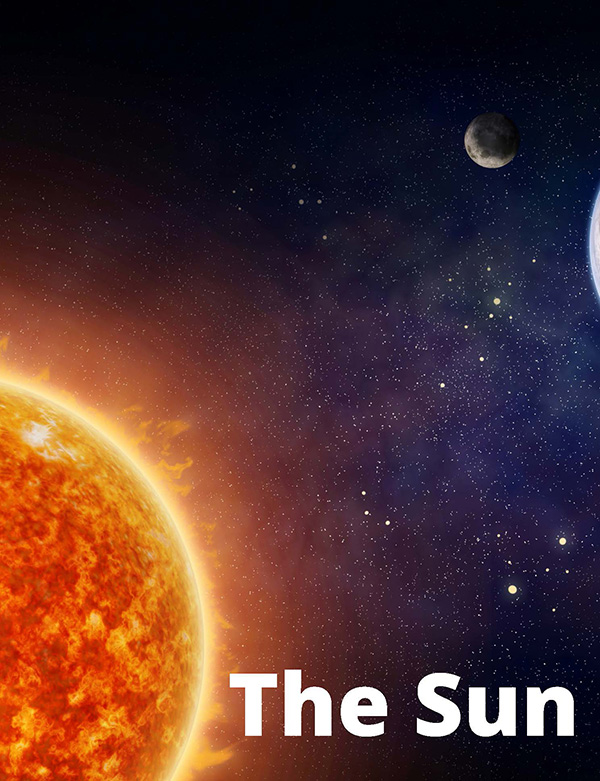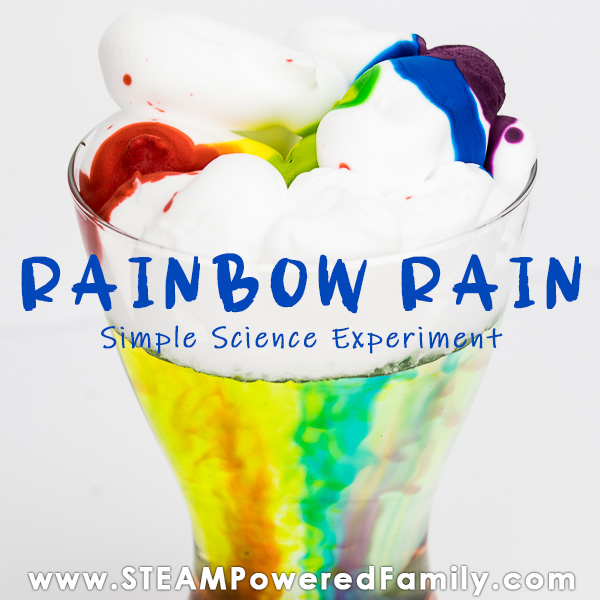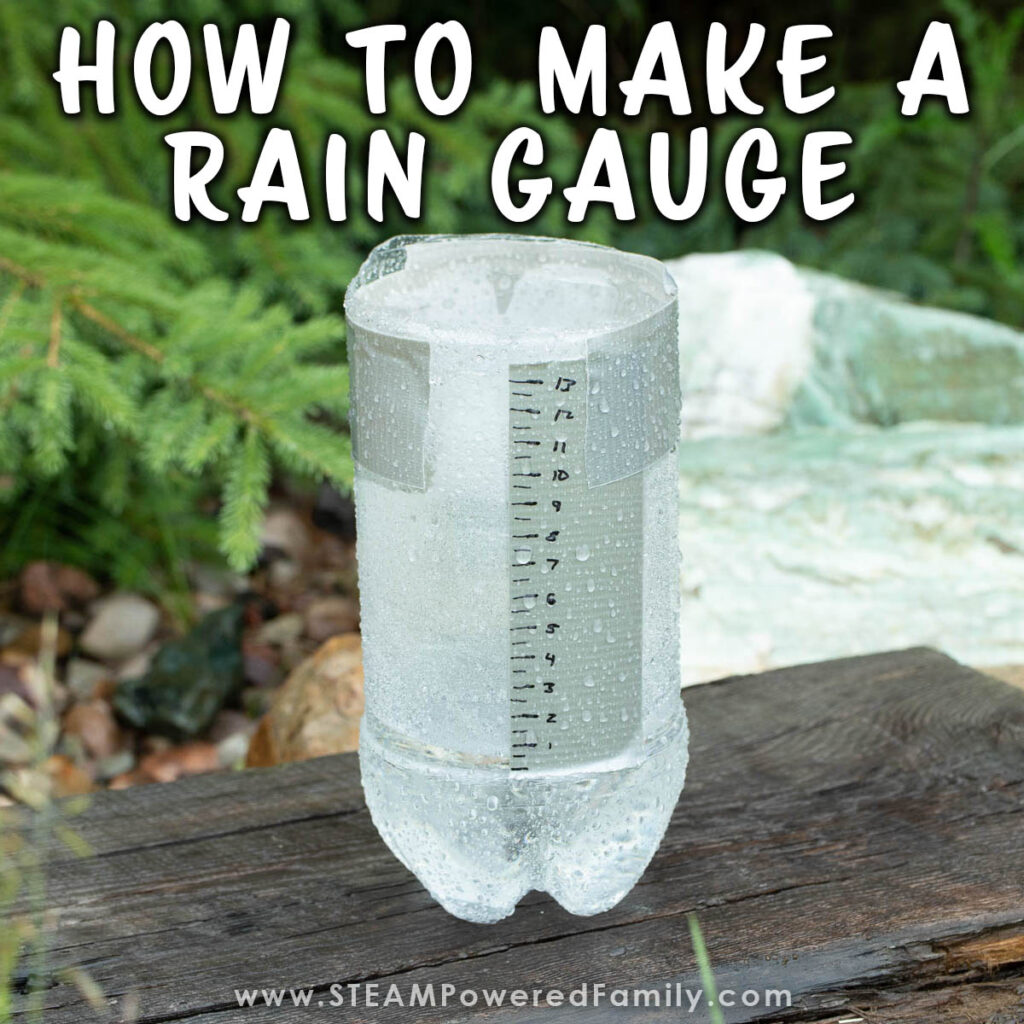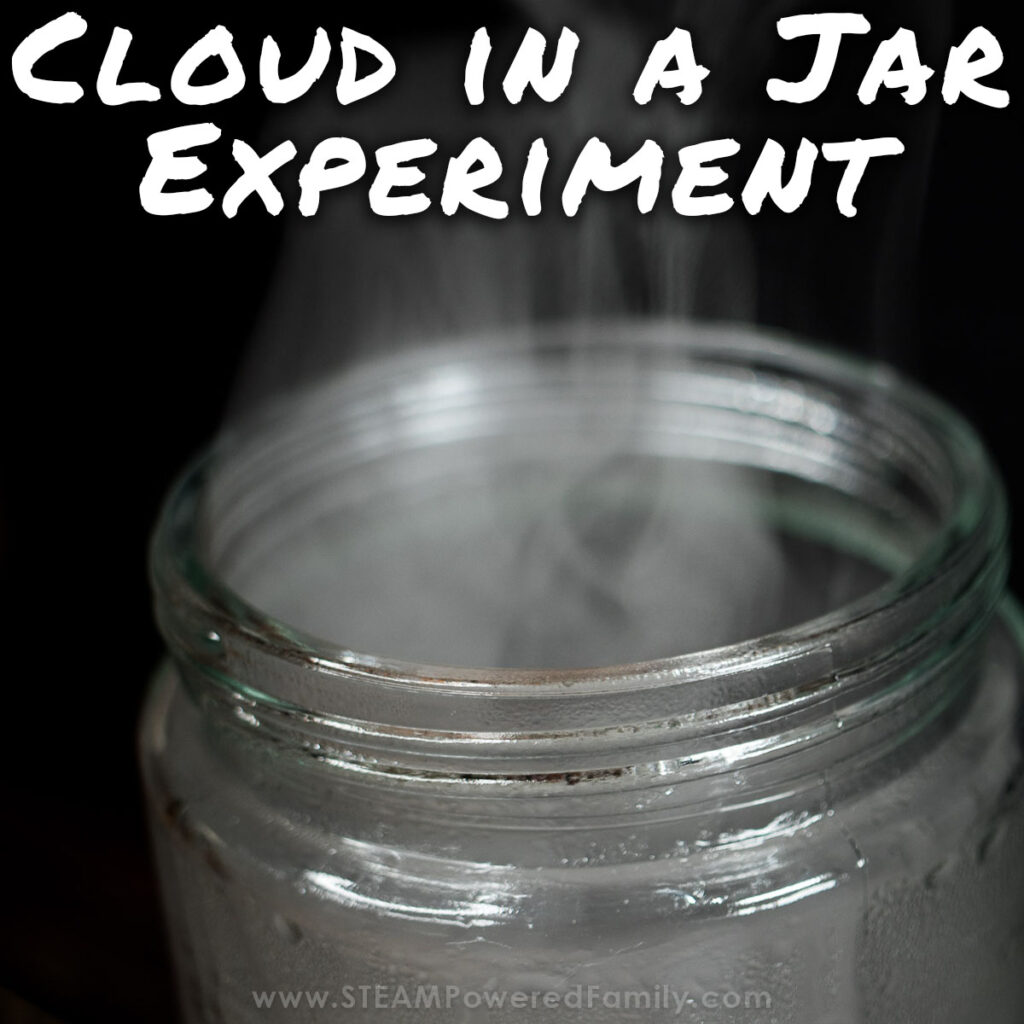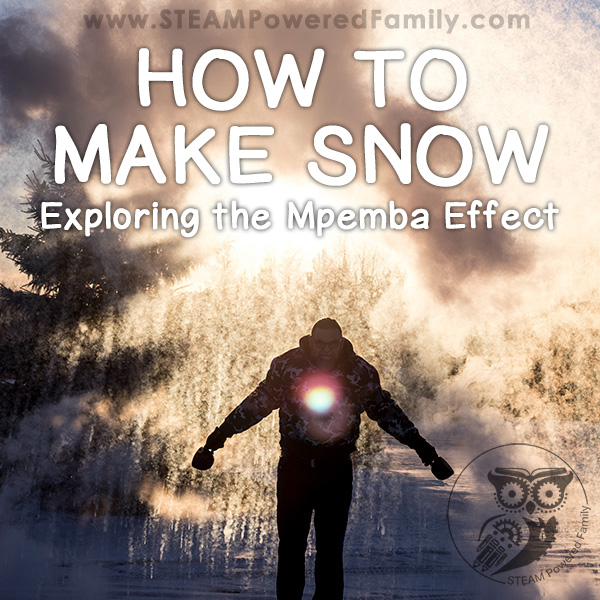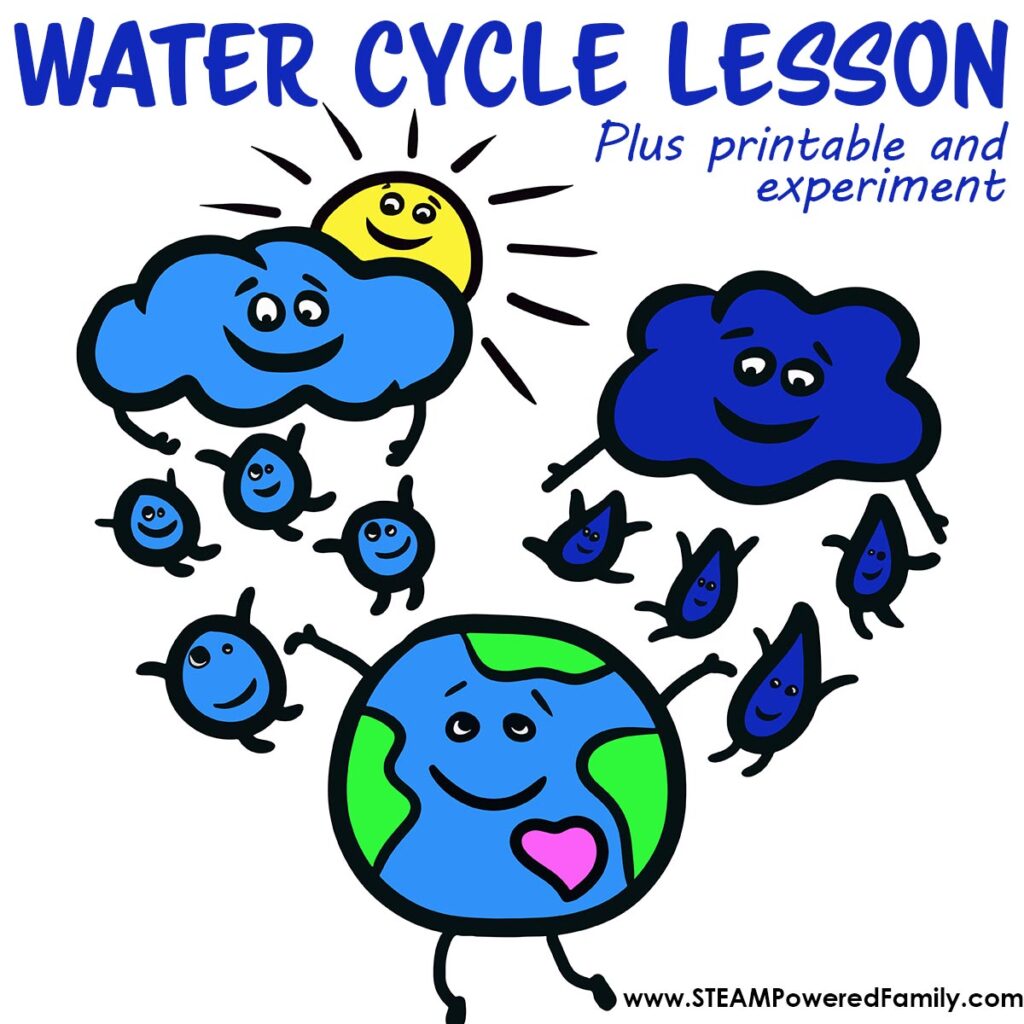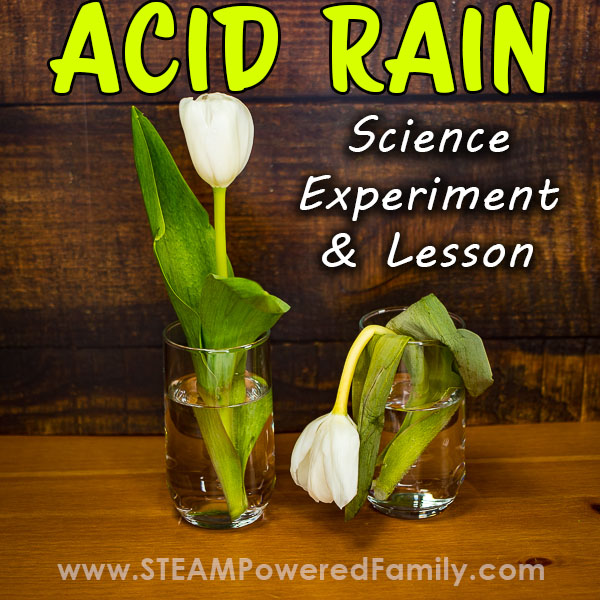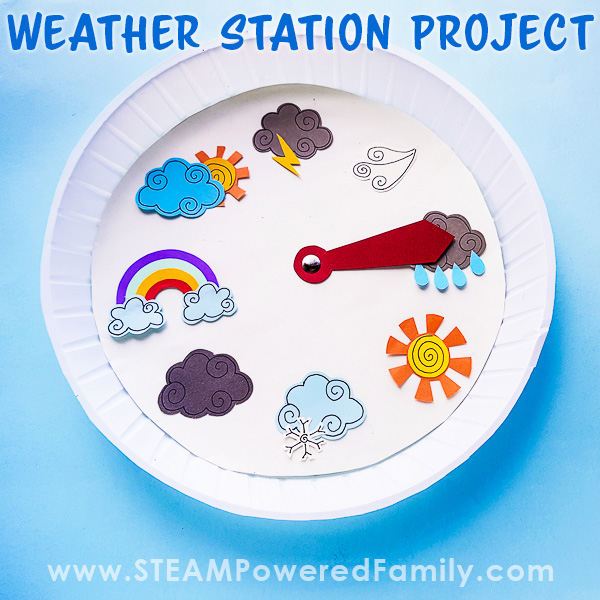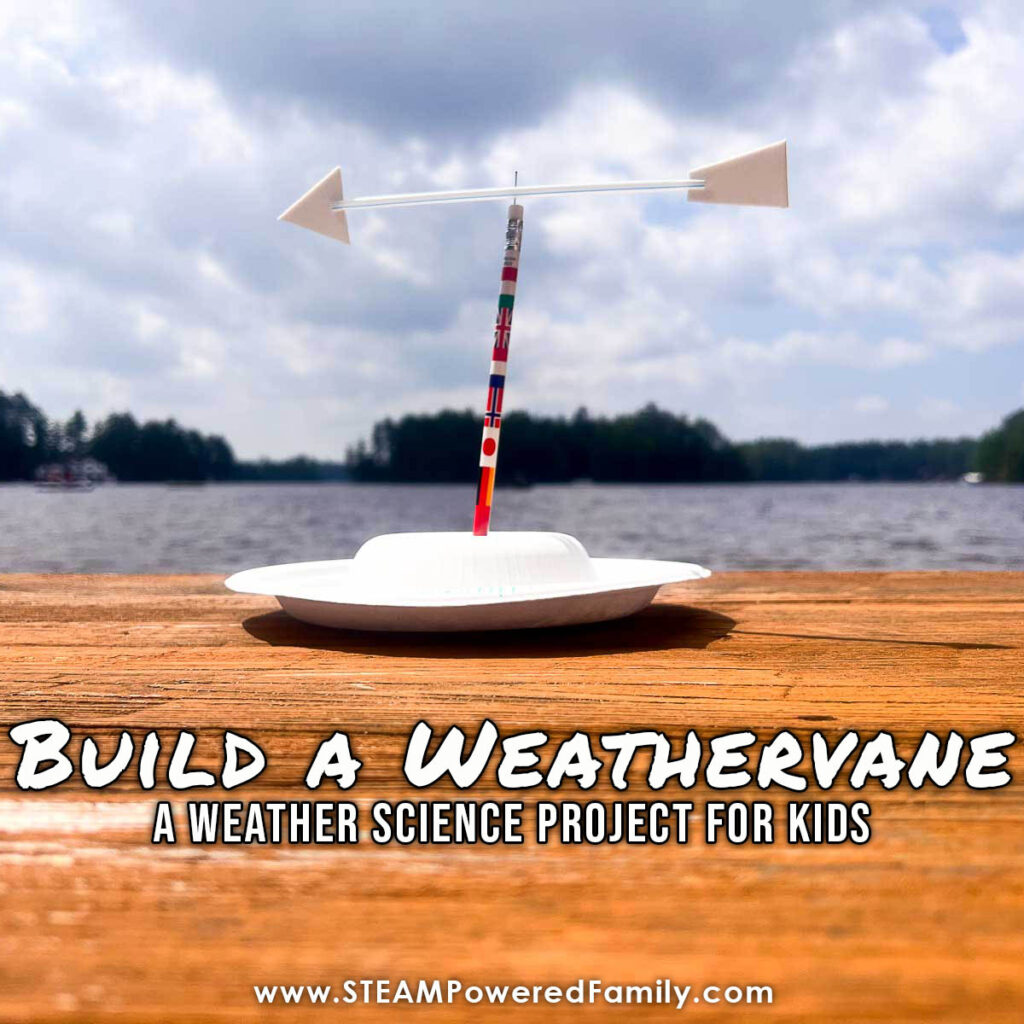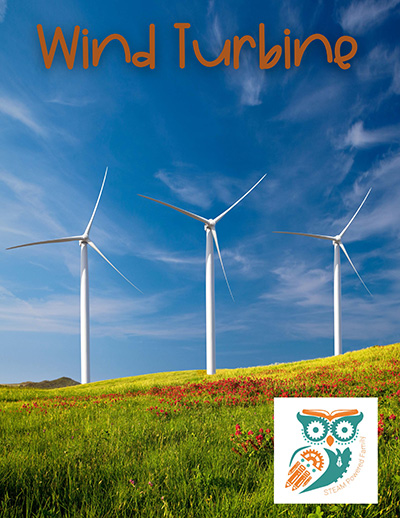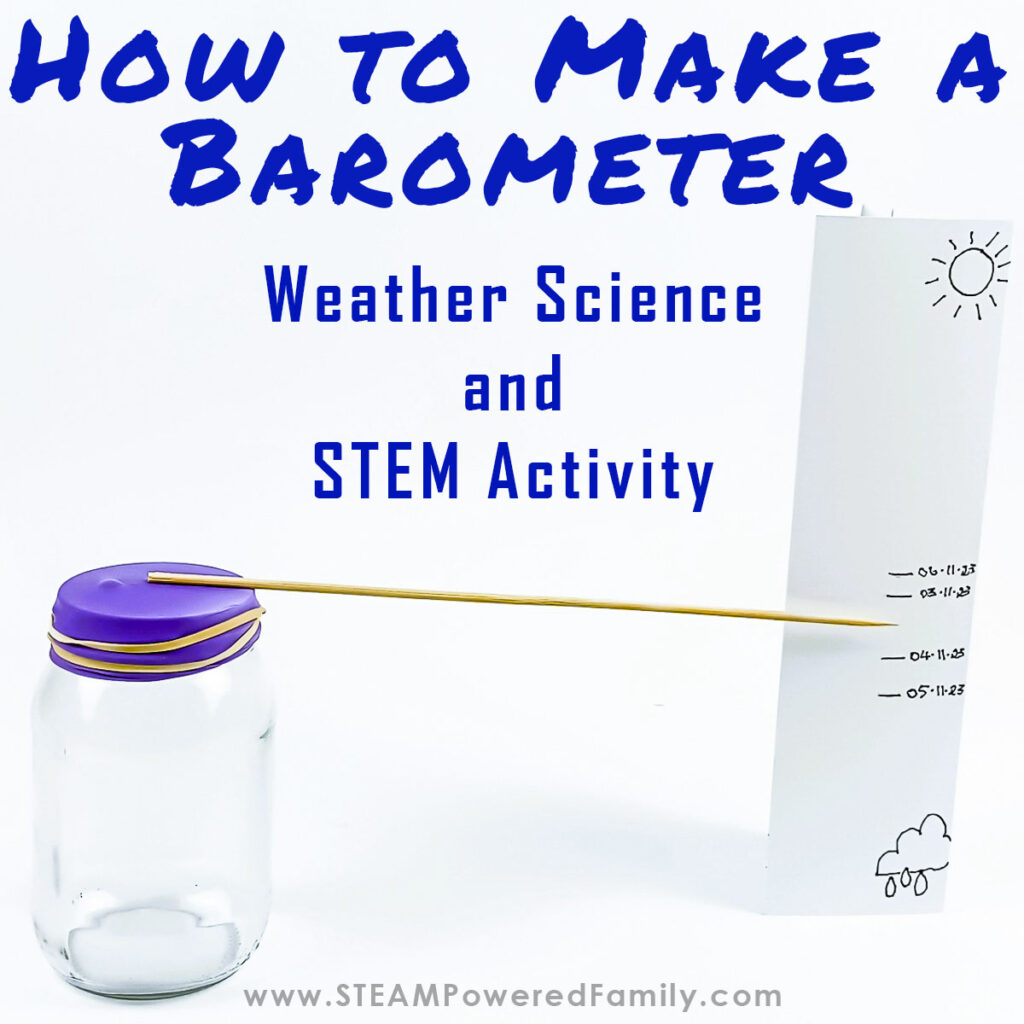Weather Science for Kids
Have you ever caught your students gazing out the window, seemingly captivated by the changing weather? Embrace that fascination and curiosity and turn it into a memorable learning experience by teaching kids about the weather! We have experiments and projects for all ages to learn more about the weather. Rain, snow, wind, and even the skies, we have so many cool ideas for your lesson planning.
Meteorology – The Study of Weather for Kids
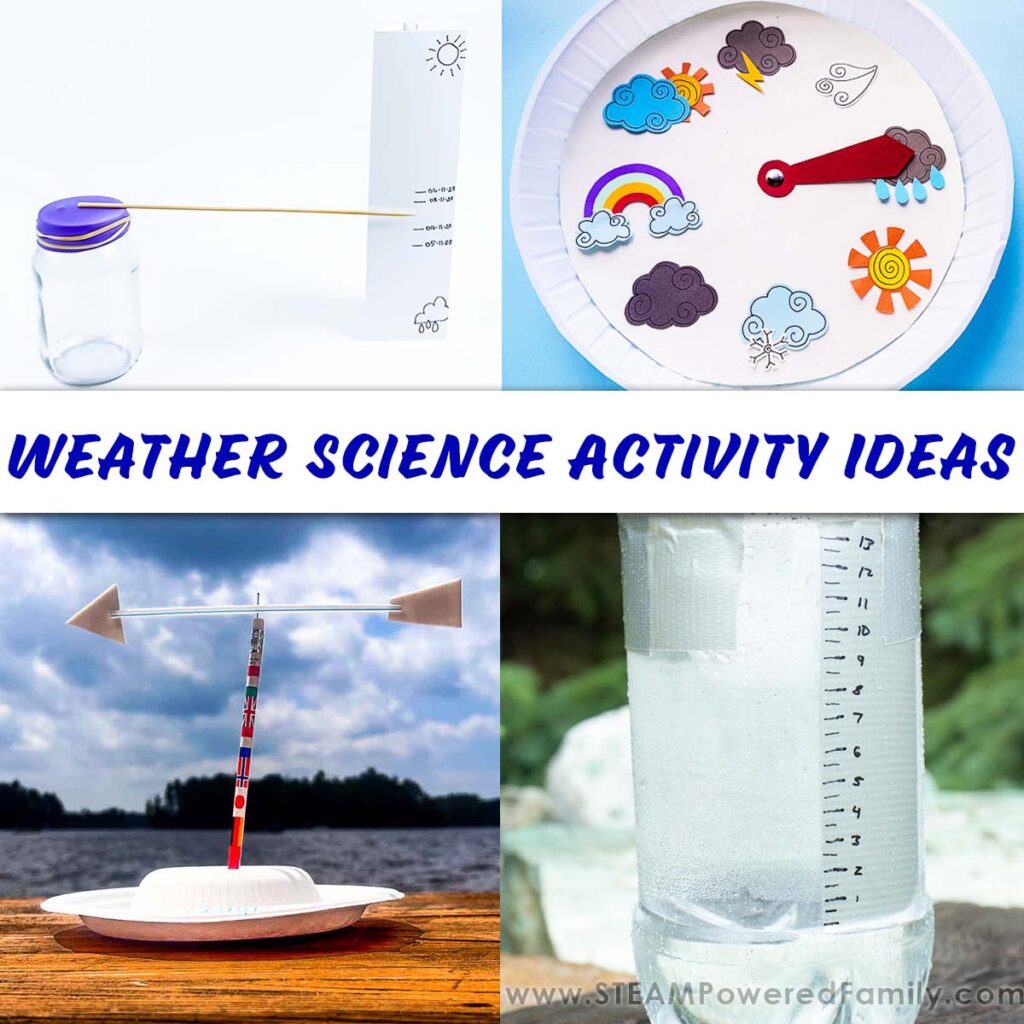
Disclaimer: This article may contain commission or affiliate links. As an Amazon Influencer I earn from qualifying purchases.
Not seeing our videos? Turn off any adblockers to ensure our video feed can be seen. Or visit our YouTube channel to see if the video has been uploaded there. We are slowly uploading our archives. Thanks!
Studying the weather and learning about the climate is something that can start when kids are just tiny. Then, as they get older, you can start to dig deeper, especially with the climate change issues we are facing in our world. The study of environmental sciences is becoming critical, and a great place to start is with learning about the weather. Students love to become meteorologists (weather scientists), and start making their own weather predictions. So let’s dig in and learn some Weather Science!
Weather Science and the Seasons
The changing seasons are one of the first things you can explore with your kids when talking about the weather. Even when they are little, kids are fascinated by the seasons and the changes in their natural environments.
As we move from Spring to Summer, Autumn to Winter, it is about more than just dressing for a rainy day, preparing for a blizzard, or knowing if their game might get rained out. When we study the seasons, we can explore some fascinating science about our planet and the weather.
Learning about the seasons is key to understanding how Earth’s tilt and orbit around the sun affect the weather we experience in our every day lives. We have a fantastic science demonstration that helps kids explore why we have different seasons.
Plus you can do some cross curricular work with our Four Seasons Code Breakers printable activity.
Want to learn even more about the seasons? We have a Solstice and Equinox bundle that is includes printable lessons and activities to celebrate the seasons.
Seasonal Weather Patterns
When teaching about the seasons, and tying it into a weather science lesson, we want to discuss weather patterns. Explore with your students how winter’s shorter days and lower sun angle lead to cooler temperatures. While summer’s longer days and higher sun angle bring warmth. Spring and autumn are transitional seasons where we can see a mix of weather as the Earth moves between its extremes of tilt.
This is also a great opportunity to discuss regional differences in seasonal weather, including how areas near the equator experience less dramatic seasonal changes compared to those further north or south. For example, here in Canada we can have snow at almost any time of the year. In a typical year, we often get the first snow in September or October and it doesn’t stop until April, sometimes even May! This is very different from those living near the equator who have never seen snow in their lives.
Activity Idea
Invite students to become seasonal detectives by observing and recording how nature and the weather changes with the seasons in their local area. They can track changes in daylight, temperature, rainfall (or snow accumulation), plant cycles, and animal behavior over the course of a school year. Doing this kind of long-term project not only reinforces their understanding of the seasons but also builds all important critical thinking, observation and data collection skills.
For an added layer of learning, have students track the weather with a another school in different part of the world. Making connections with another school, on a different part of the globe, is an incredible opportunity for kids to learn and become global citizens.
You can also make use of our printable lesson pack on Biomes to explore the Earth’s biomes and the different climates in each zone.
Learning about the Atmosphere and Sky
The atmosphere is Earth’s protective layer, made of air which includes gases, water, dust and more. The atmosphere blankets the Earth from ground to space and is an invisible shield protecting our planet from space. It is not just vital for life but also sets the stage for the weather and the sky. Yes, when we look up at the sky with its different colors, clouds and incoming weather, we are actually looking up at our atmosphere!
Sky in a Jar Experiment – This is a great experiment where we make a sky in a jar and explore how particles in the atmosphere give our sky its different colors during sunrise/sunset, plus blue during the day.
Greenhouse Effect Experiment – For older kids, we can replicate the greenhouse effect in a jar. The gases in our atmosphere can capture heat, which leads to global climate change. This experiment is a powerful way to examine this issue.
Another fun way to learn about the atmosphere, is to explore the Norther Lights or Aurora Borealis. We have a printable lesson pack on the Northern Lights that shows how our atmosphere can come alive with dancing colors in certain parts of the world.
Studying the Sun
The sun’s role in weather formation is fundamental and fascinating. Use this as an opportunity to discuss how uneven heating of the Earth’s surface leads to wind. A fantastic way to explore this concept is with a Candle Carousel experiment.
We know the sun packs a lot of energy and power as it heats our planet. Capture some of that energy by making a Solar Oven. Then make some yummy snacks, cooked by solar energy.
If you want to incorporate some sun art into your lessons try Crayon Melt Sun Art or Cyanotype Sun Art. Both projects require lots of warm direct sun, so students will need to predict the weather to find the perfect day for these projects!
Solar Energy Experiment – If you want to dive in even deeper, we have a really cool experiment with solar energy for upper elementary and middle grade students.
Looking for a printable lesson pack on the Sun? We have one available in the STEAM Powered Family shop.
Clouds
Clouds tell the story of the weather. Have you ever stared at the clouds, looking for cool shapes? This is such a fun past time for kids. And a great way to learn about the clouds.
Activity Ideas
Engage students with a cloud identification activity. Identify the different types of clouds and what each type indicates about upcoming weather. This can be a springboard into discussions about rain, storms, and the water cycle.
Do your students wonder how rain falls from the clouds? Do this Rain Clouds experiment. Not only is it beautiful, but it is a very simple way to demonstrate how clouds hold moisture that eventually falls as rain or snow.
Build a Rain Gauge and use it to track precipitation in your area. This is a very simple project that let’s students use their data just like a meteorologist.
Creating a cloud in a jar is an excellent hands-on activity that can demystify cloud formation. Plus it is a super quick and easy experiment. Learn how you can make a cloud in a jar 3 different ways.
If you live somewhere that gets really cold, instead of making rainfall, you can make snow with the Mpemba Experiment.
The Water Cycle is Earth’s natural recycling system for water. Students can build a water cycle model to help explore these concepts and develop a better understanding of sustainability and Earth’s delicate ecosystems.
For your older kids, interested in learning more about the impact of pollution on plants, try this Acid Rain Experiment. It is a powerful demonstration of how changes in the acidity of water affects vegetation. Plus, it takes the simple water cycle model experiment we just explored, but takes students into deeper, more complex studies into weather, pollution and environmental sciences.
Meteorology and Weather Forecasts
Now your students know some of the science behind weather, let’s dive into the world of meteorology and forecasting the weather.
A weather scientist is known as a meteorologist. They use a variety of tools, skills and knowledge to make predictions about the weather. Weather forecasting is very important. It not only allows people to plan for their days – Should I bring a jacket or umbrella? Will my football game get cancelled due to rain? Should I water my garden today? Will the roads be icy and should I leave early so I can arrive safely? – but it also helps communities prepare for severe weather events to help protect people and property.
There are lots of different tools meteorologists use, and we can make simple versions of some tools to build our very own weather stations in our classroom. I love the idea of setting up a station in the classroom and having students track the weather over the term. As students observe patterns and changes in their environment, they can use that knowledge and experience to start making their own weather predictions.
DIY Weather Station Tools
A very simple crafting project you can do with your younger kids is to build a basic paper plate Weather Station. This is a very simple tool that will encourage your preschoolers and kindergarten aged kids to start observing the weather on a daily basis. My kids LOVED turning their little weather station every day after they raced outside to check on the weather.
For your older kids (elementary through middle school) there are a number of simple weather science tools you can build together.
Building a simple Rain Gauge with your kids will allow students to track precipitation (rainfall).
Another thing meteorologists track is the wind. A homemade Weathervane will help students track the wind direction allowing them to start recognizing changes in the direction of the winds and how this affects incoming weather.
Students may also love combining a wind lesson with the study of Wind Turbines in our printable lesson pack.
Air pressure is an indicator of incoming weather. As the pressure changes, meteorologist can use that information to predict if it is going to be hot or rainy. We can build a simple Barometer and start tracking these air pressure changes to help us make our own weather predictions.
Teaching weather science to kids offers a unique opportunity to blend observation, experimentation, and critical thinking, fostering a lifelong curiosity about the natural world. We are all about fostering that passionate curiosity in kids to help them become life long learners. The weather is a perfect way to engage many students. By helping students become keen observers and thinkers, we can inspire the next generation of scientists.


